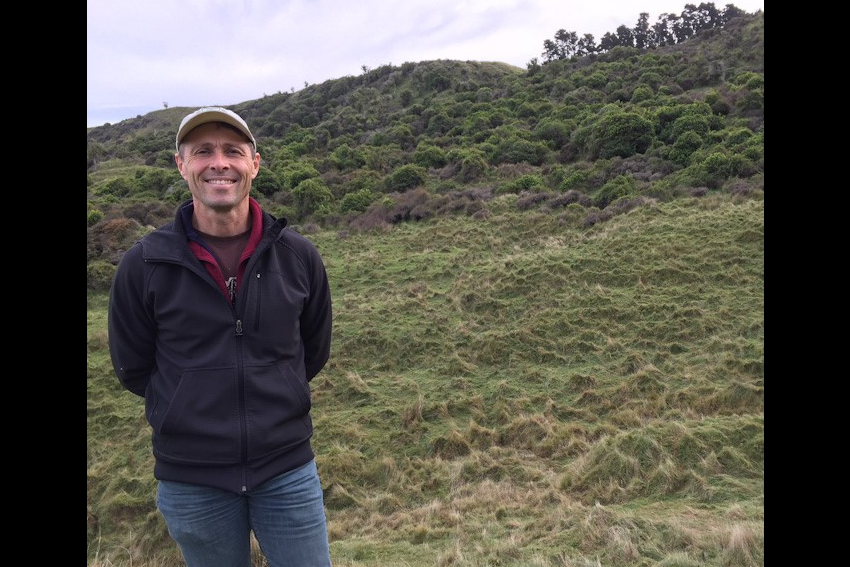Sheep and beef farms near carbon neutral

AUT research has found New Zealand's sheep and beef farms are already close to being carbon neutral.
The study led by applied ecologist Dr Bradley Case estimates the woody vegetation on New Zealand sheep and beef farms is offsetting between 63 per cent and 118 per cent of their on-farm agricultural emissions. If the mid-point in the report's range is used, on average the woody vegetation on sheep and beef farms is absorbing about 90 percent of these emissions.
The woody vegetation is made up of 1.52 million hectares of native forest and 0.48 million hectares of exotic vegetation, says Dr Case. In addition to sequestering carbon, this vegetation delivers wider benefits for New Zealand's biodiversity and freshwater ecosystems.
Beef + Lamb New Zealand CEO Sam McIvor says absolute greenhouse gas emissions from New Zealand sheep and beef production have reduced by 30 per cent since 1990.
"This research shows that of the remaining emissions, the vast majority are being offset by the trees on our farms and New Zealand sheep and beef farmers are on the way to being carbon neutral by 2050.
The study reinforces the importance of farmers getting formal recognition for the sequestration happening on their farms, he says.
"Currently, most vegetation on sheep and beef farms does not qualify for inclusion in the Emissions Trading Scheme because it does not meet the definition of a forest. If farmers are to face a price for agricultural emissions, it's only fair they get credit for their sequestration. The focus to date on livestock's climate change contribution has been on emissions, rather than on sequestration.
Dr Case says there is a strong case for farmers to get credit for the sequestration happening on their farms.
"This is an integral part of He Waka Eke Noa, the regulatory framework that industry and government are currently developing to manage agricultural emissions and recognise on-farm sequestration.
"This research not only builds understanding of the overall greenhouse gas contribution of the sheep and beef sector, but will help inform the development of policy, and further reinforce the outstanding biodiversity on sheep and beef farms.
"The report identifies where sheep and beef farmers can focus to continue to build the native vegetation and biodiversity on their farms. The regional maps in the research indicate where management is most needed to ensure mature/old growth forests are managed to prevent them becoming sources of atmospheric carbon."
Dr Case says the net carbon emissions estimation assumed a net-neutral rate for soil sequestration so the amount of sequestration happening could be even greater.
"While there is fairly good information about soil carbon stocks, there is not good data about yearly changes in soil sequestration and the science on this is still in development."
He says it should be noted that the study has not quantified the sequestration taking place on dairy farms.
The research was commissioned by B+LNZ. The report was written by Dr Bradley Case and Catherine Ryan and was peer-reviewed by Dr Fiona Carswell, Chief Scientist, Manaaki Whenua -Landcare Research and Dr Adam Forbes, Senior Ecologist, Forbes Ecology, Research Associate and New Zealand School of Forestry, University of Canterbury.